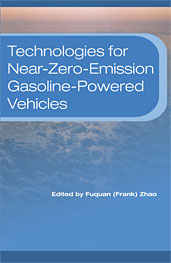Technical Paper
The Review of Present and Future Energy Structure in China
2019-04-02
2019-01-0612
Both the economy and energy demand increase rapidly in China. The government is facing severe problems from energy security, carbon emissions and environmental issues. The past trends and future plans of energy will have great influence on the transportation, construction and industry development. This paper summarizes the present and future energy structure in China. Conventional fossil energy, nuclear energy and renewable energy are all included. Electricity will account for more proportion in total energy consumption in the future, and the structure of electricity will be cleaner. That will promote the development of electric vehicles and the transformation of China’s automotive industry. The optimization of energy structure will accelerate the low-carbon development in China. China’s energy development will enter a new stage from the expansion of total quantity to the upgrading of quality and efficiency.

